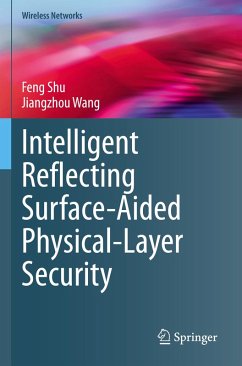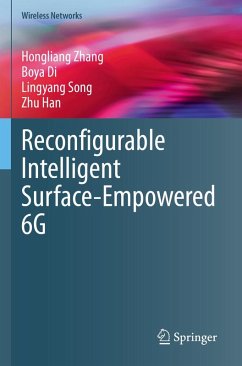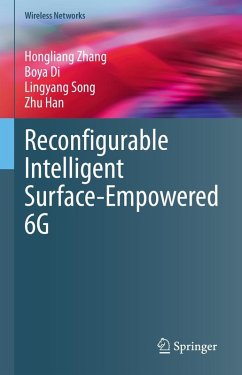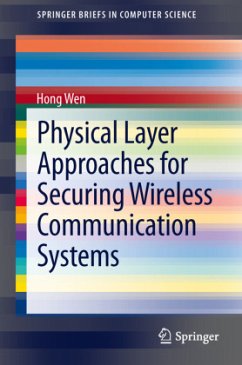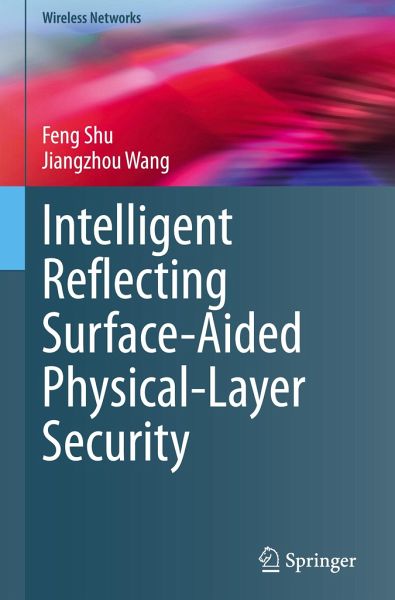
Intelligent Reflecting Surface-Aided Physical-Layer Security
Versandkostenfrei!
Versandfertig in 6-10 Tagen
121,99 €
inkl. MwSt.
Weitere Ausgaben:

PAYBACK Punkte
61 °P sammeln!
This book discusses the problems of Physical Layer Security (PLS) in Intelligent Reflecting Surface (IRS)-assisted wireless networks.It also discusses the corresponding methods to solve these problems in a comprehensive style. Furthermore, some potential challenges are well analyzed.This book is divided into 11 chapters. Chapter 1 introduces the propagation characteristics of IRS-aided PLS communications. From Chapter 2 to Chapter 10,The authors mainly provide deep investigations of different PLS problems of IRS-aided wireless networks, namely, directional modulation (DM) networks. Chapter 11 ...
This book discusses the problems of Physical Layer Security (PLS) in Intelligent Reflecting Surface (IRS)-assisted wireless networks.
It also discusses the corresponding methods to solve these problems in a comprehensive style. Furthermore, some potential challenges are well analyzed.
This book is divided into 11 chapters. Chapter 1 introduces the propagation characteristics of IRS-aided PLS communications. From Chapter 2 to Chapter 10,
The authors mainly provide deep investigations of different PLS problems of IRS-aided wireless networks, namely, directional modulation (DM) networks. Chapter 11 draws a conclusion and includes the future research directions.
Researchers working in wireless communications, or advanced-level computer science or electrical engineering students, can learn about secure communication in the physical layer through our book.
Professionals or engineers working in this field will also benefit from this book.
It also discusses the corresponding methods to solve these problems in a comprehensive style. Furthermore, some potential challenges are well analyzed.
This book is divided into 11 chapters. Chapter 1 introduces the propagation characteristics of IRS-aided PLS communications. From Chapter 2 to Chapter 10,
The authors mainly provide deep investigations of different PLS problems of IRS-aided wireless networks, namely, directional modulation (DM) networks. Chapter 11 draws a conclusion and includes the future research directions.
Researchers working in wireless communications, or advanced-level computer science or electrical engineering students, can learn about secure communication in the physical layer through our book.
Professionals or engineers working in this field will also benefit from this book.





